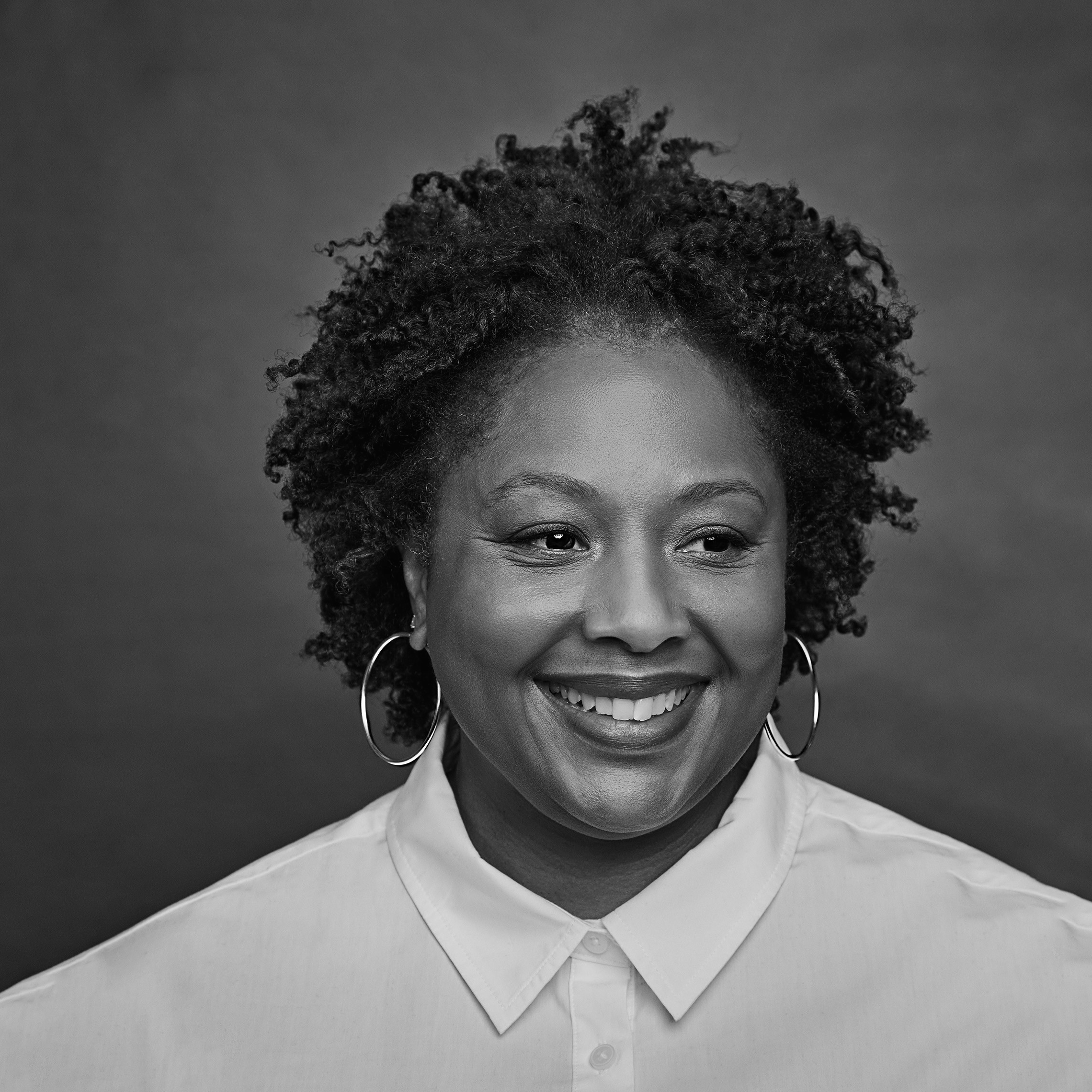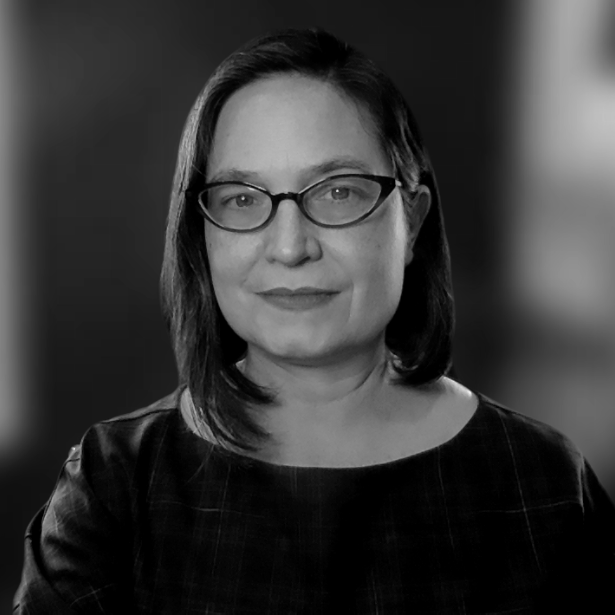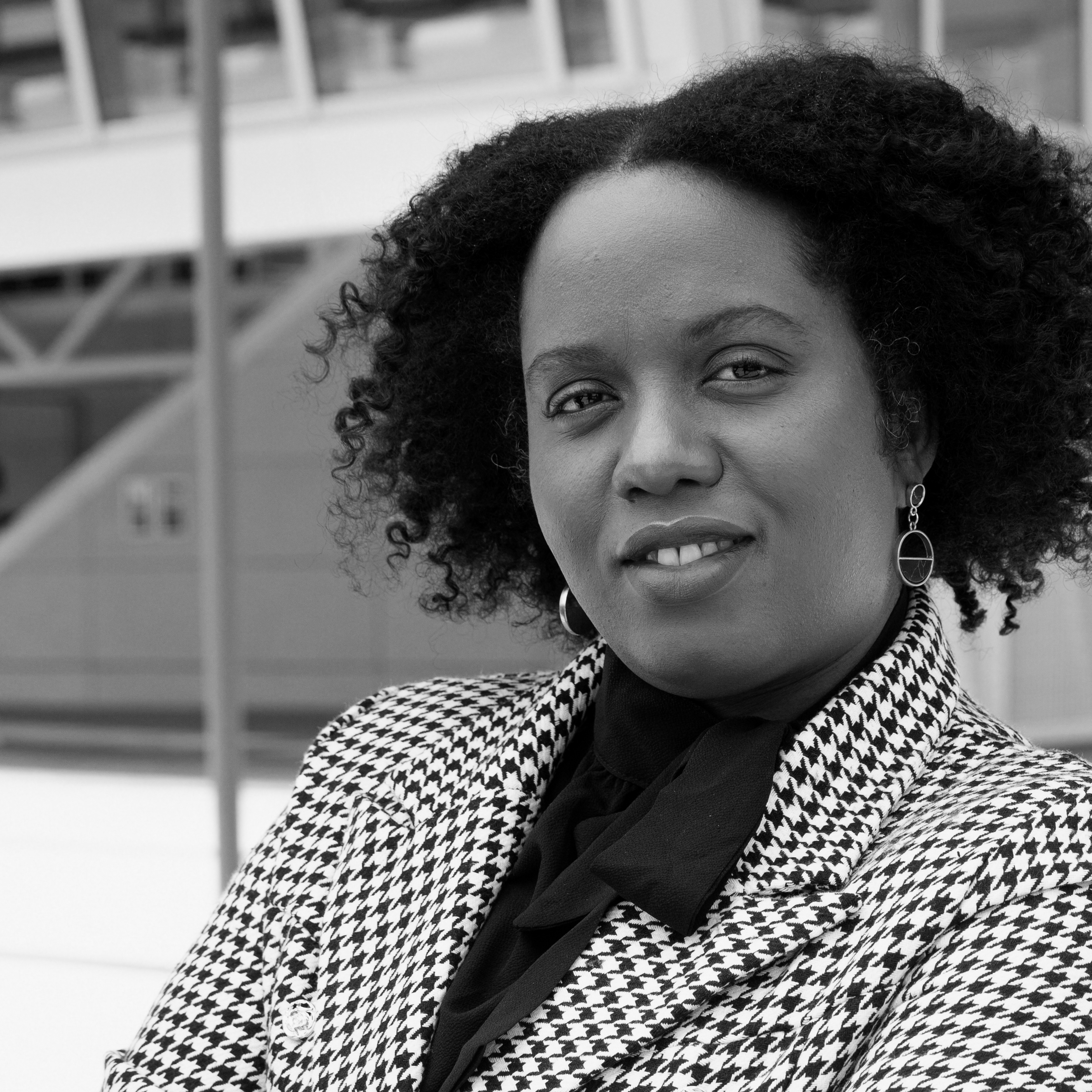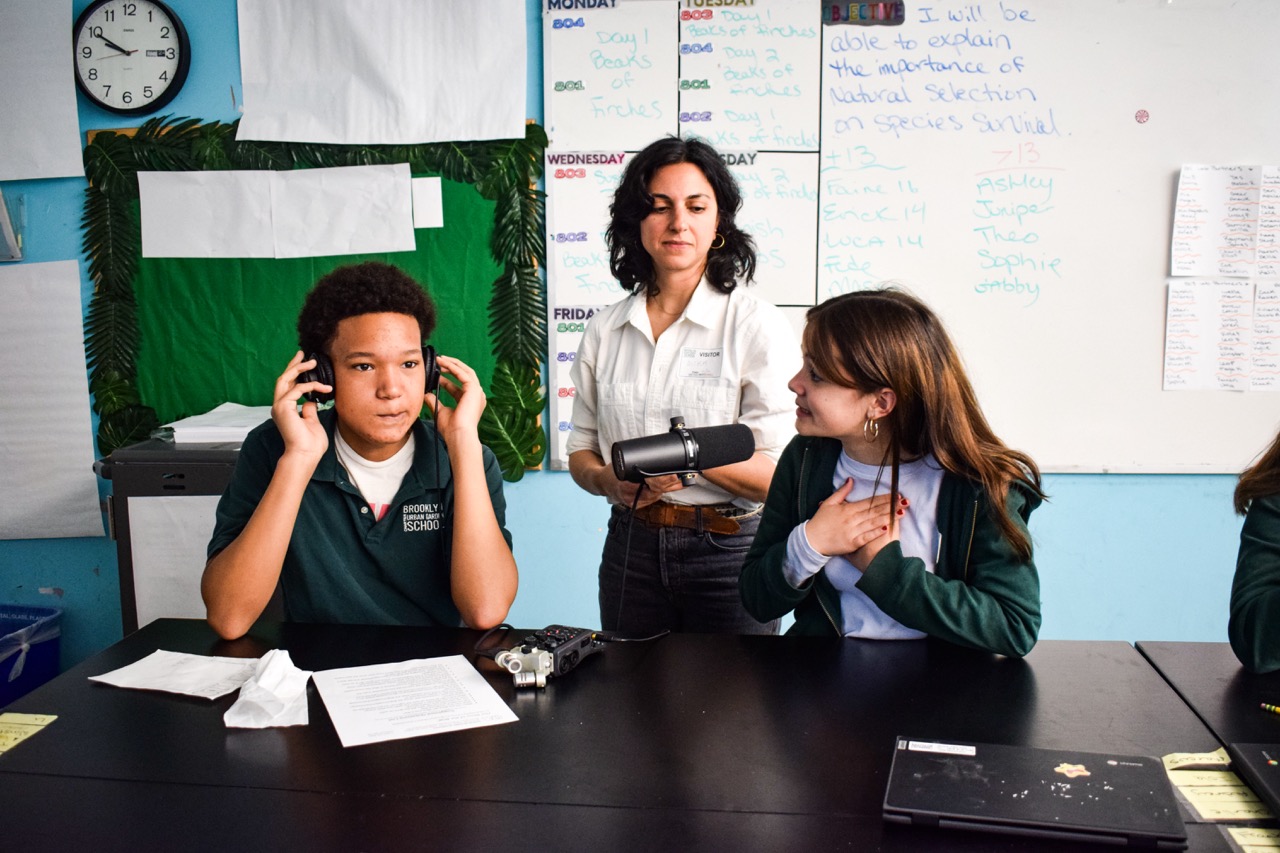The Story of the BQE and Dividing Lines: How Transportation Infrastructure Reinforces Racial Inequality
Documentary Screening, Panel Discussion & Book Signing
September 25, 2025 6:00pm–8:30pm
@ NYIT School of Architecture and Design
︎︎︎ BQE2053
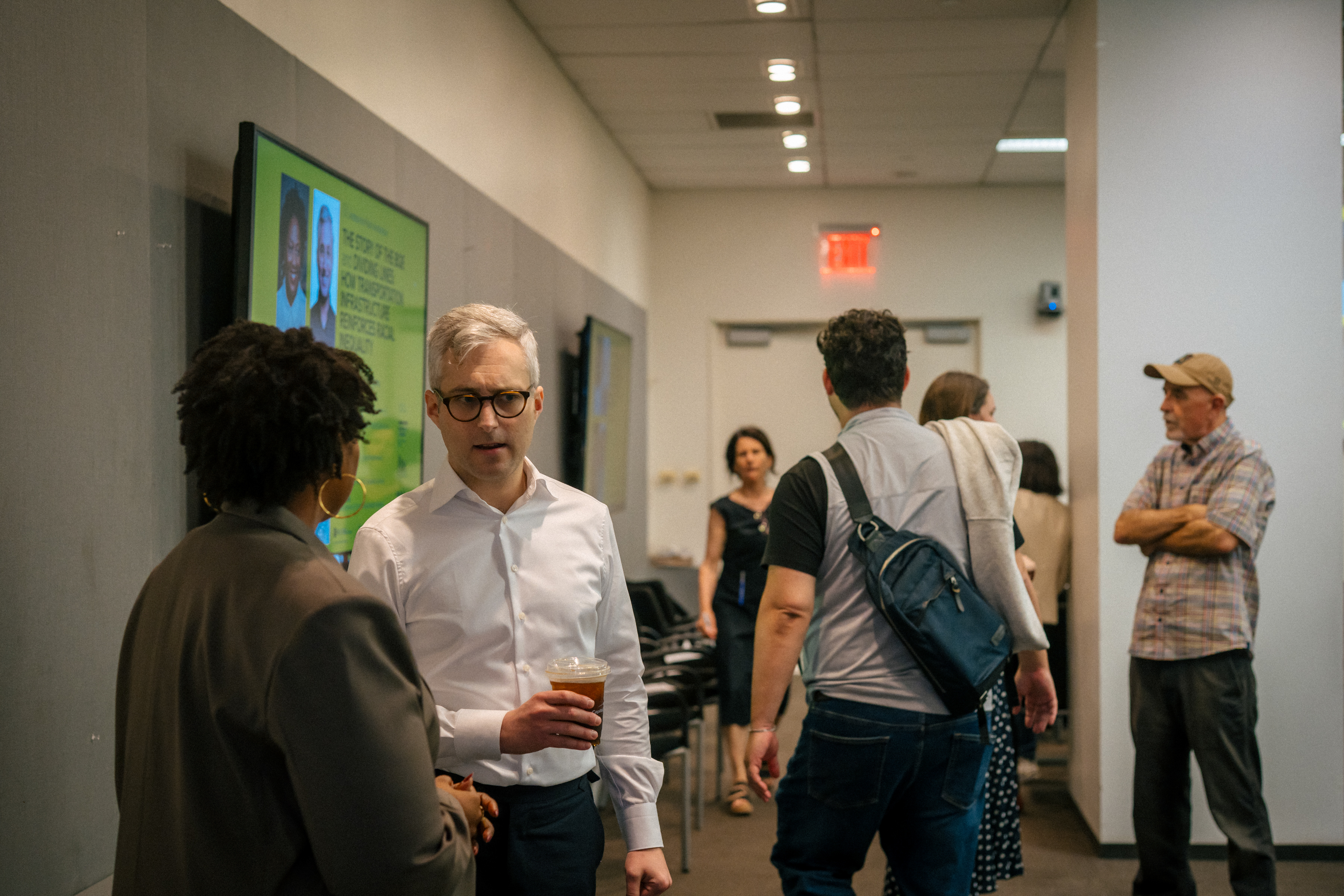
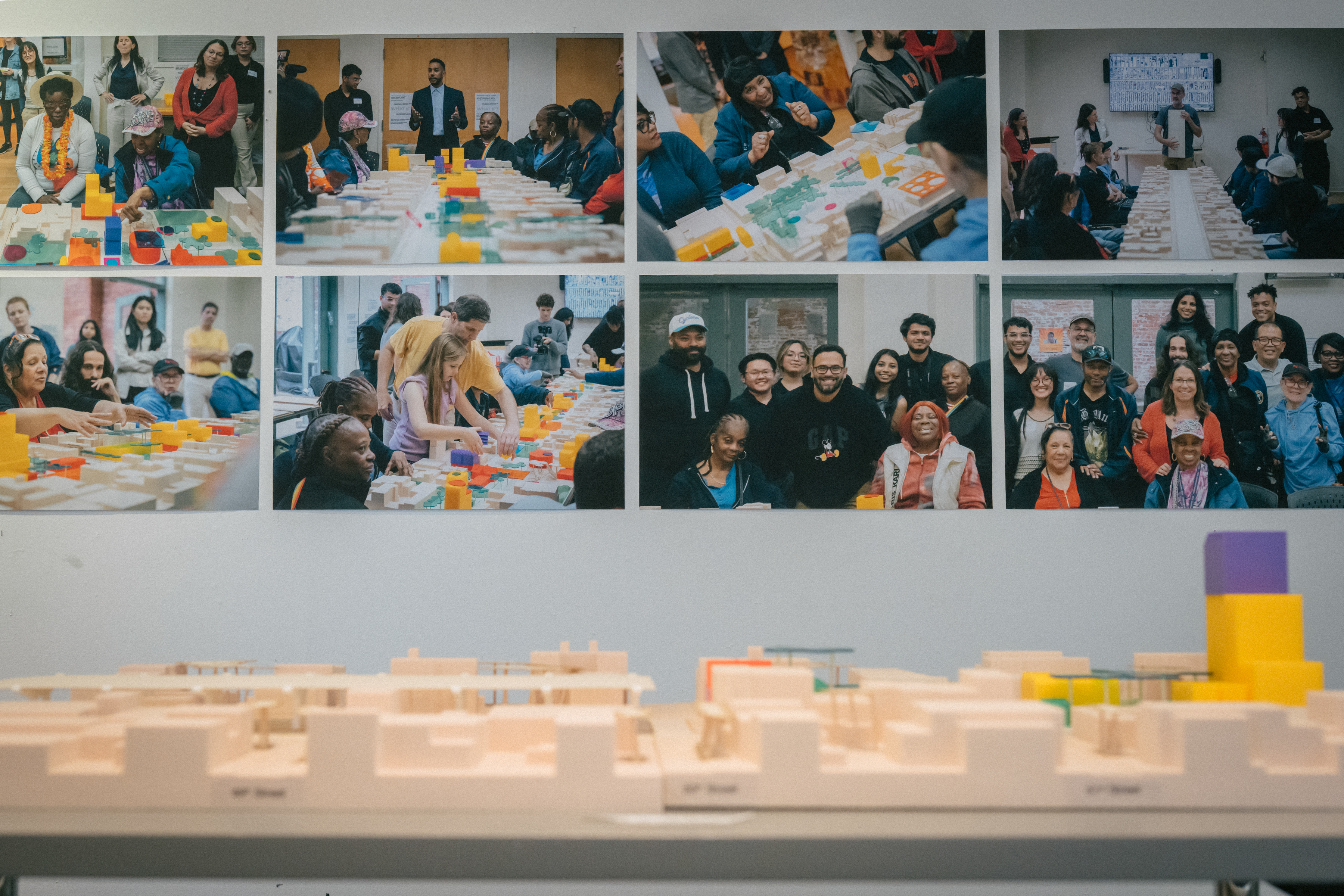
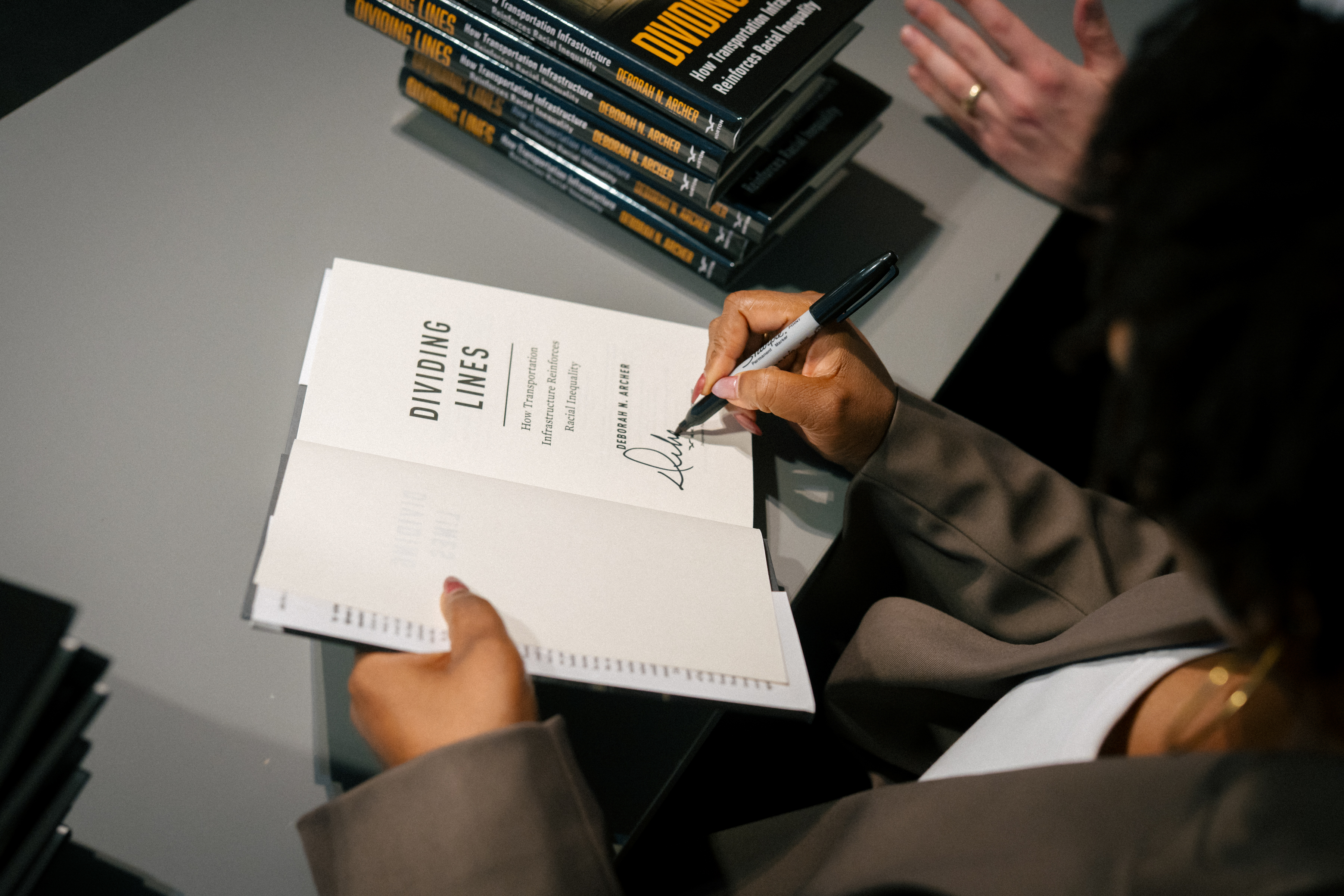
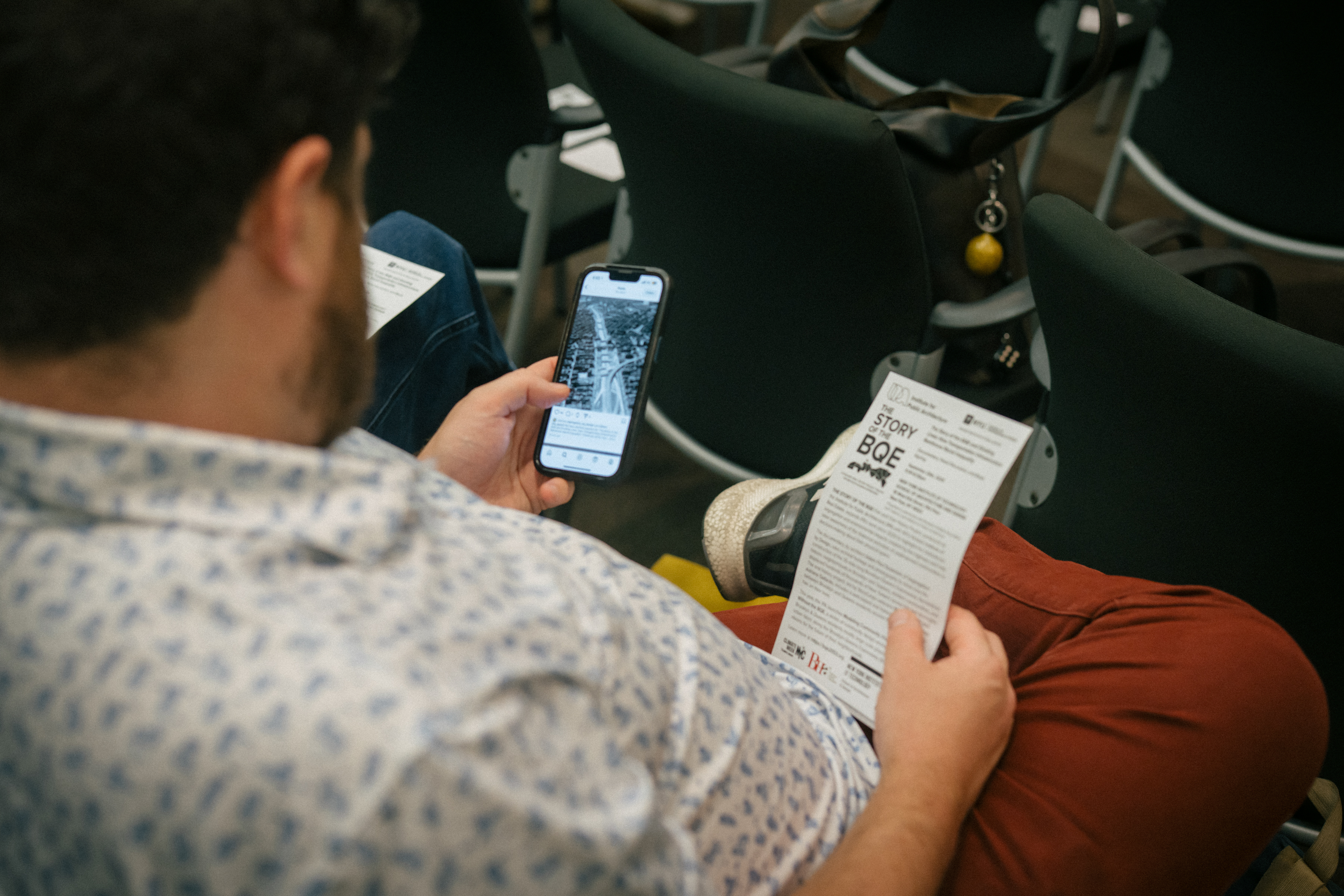
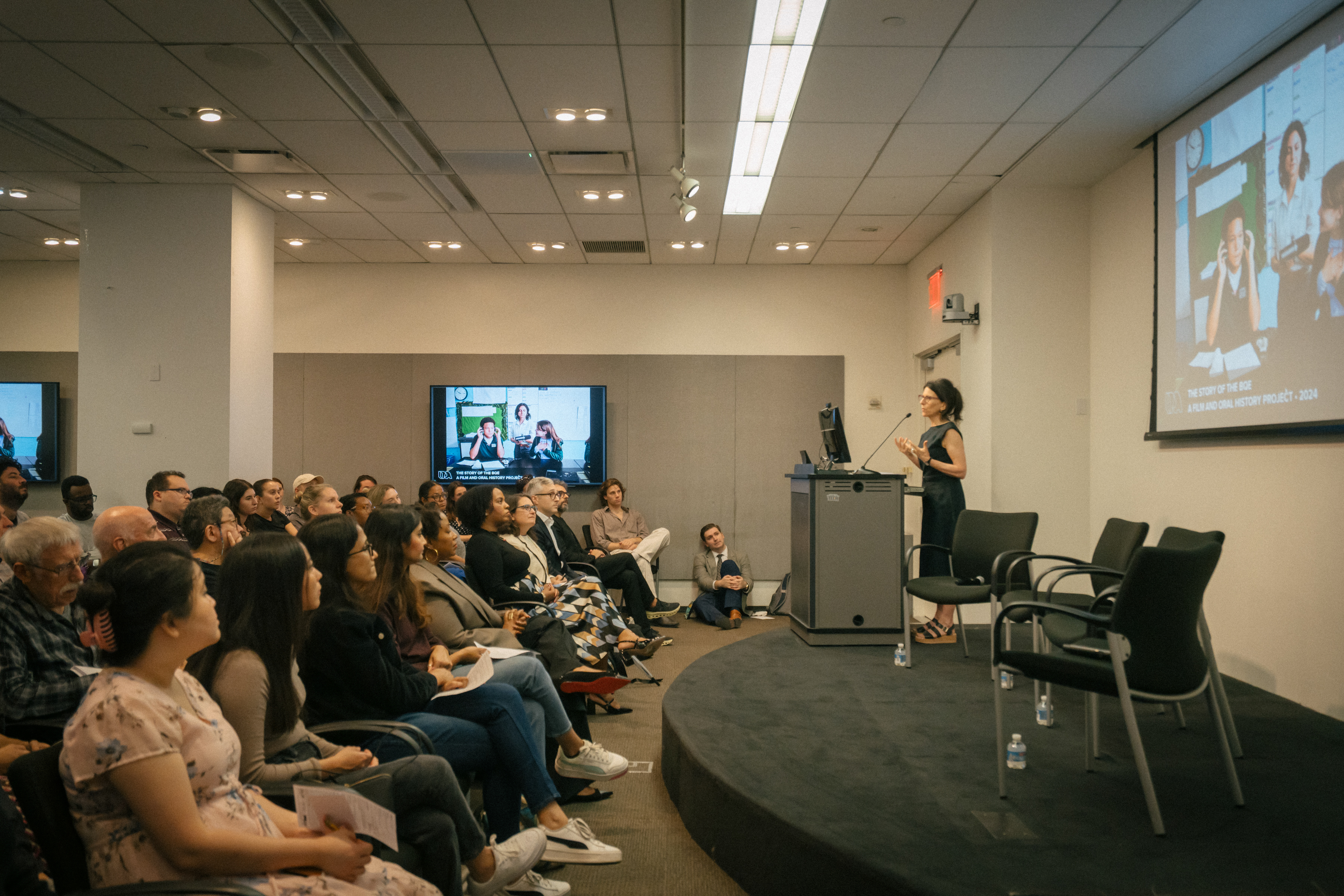
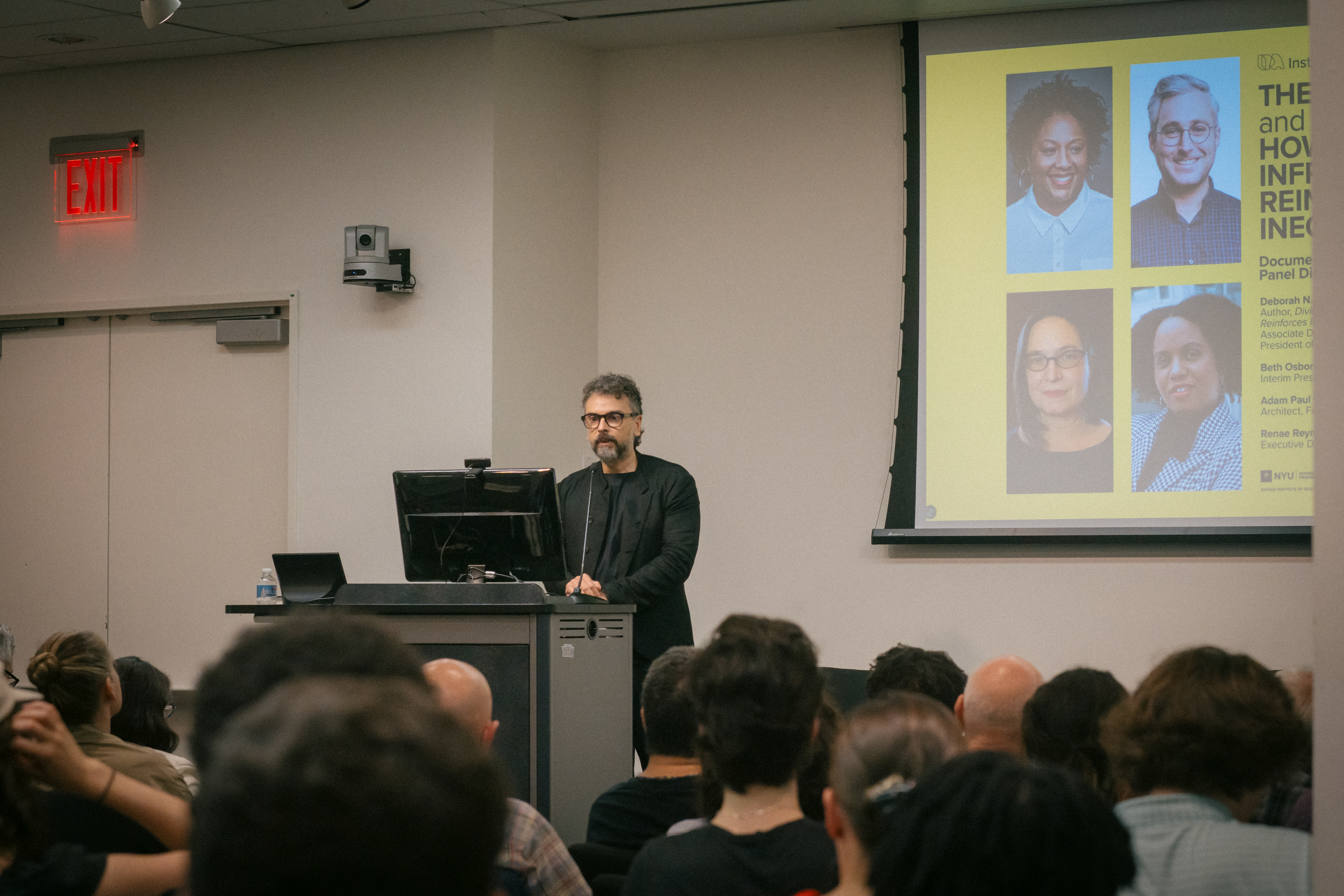
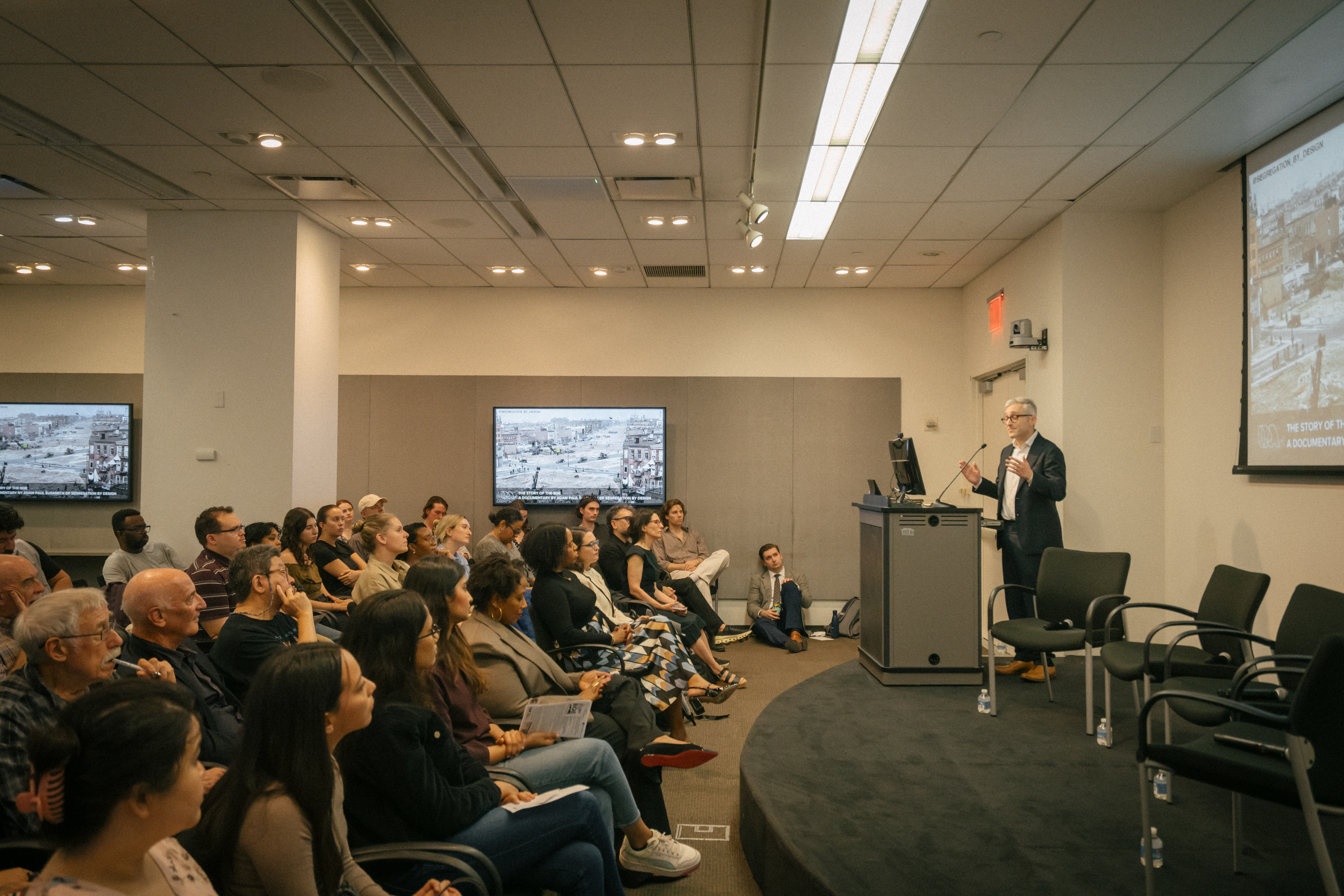
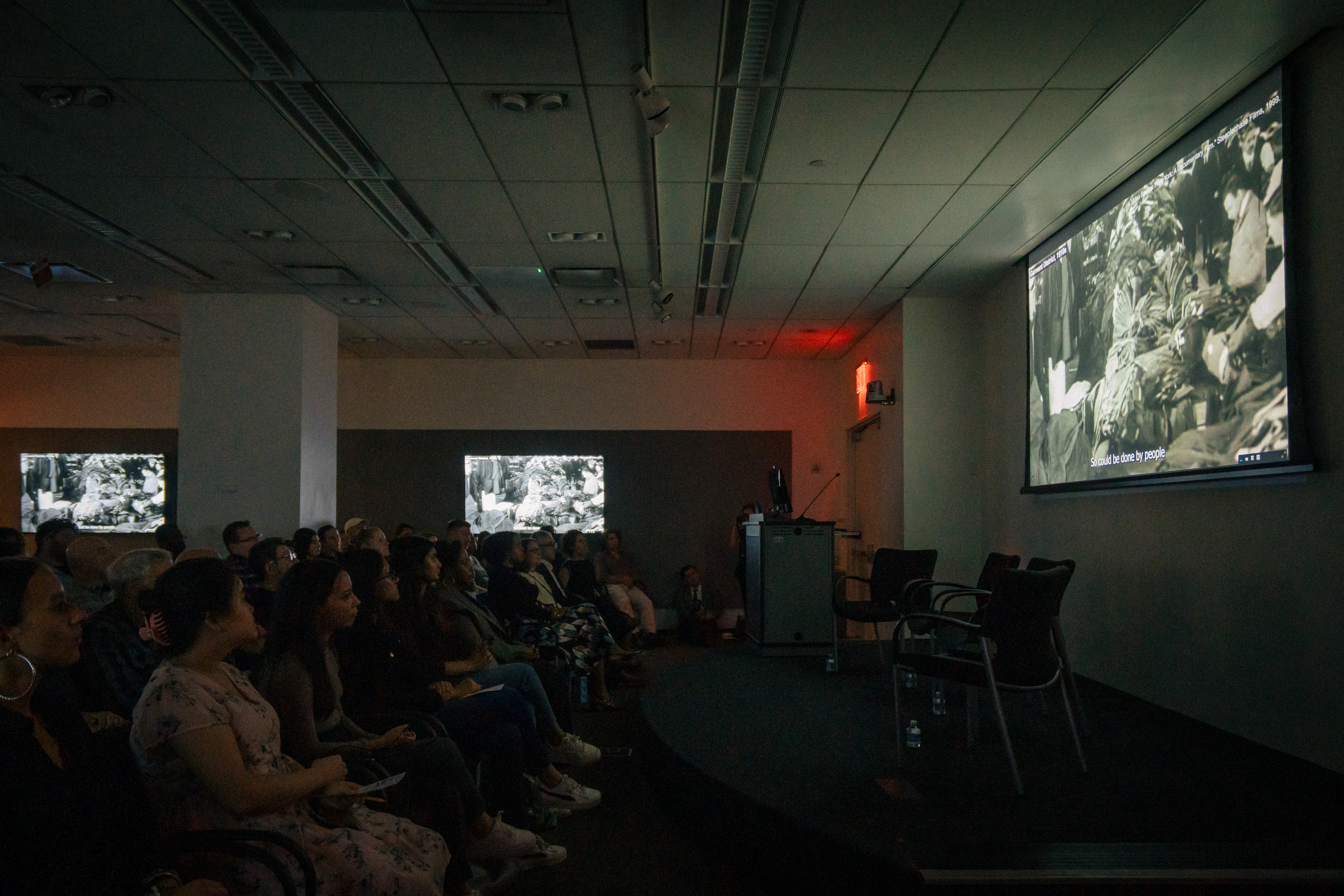
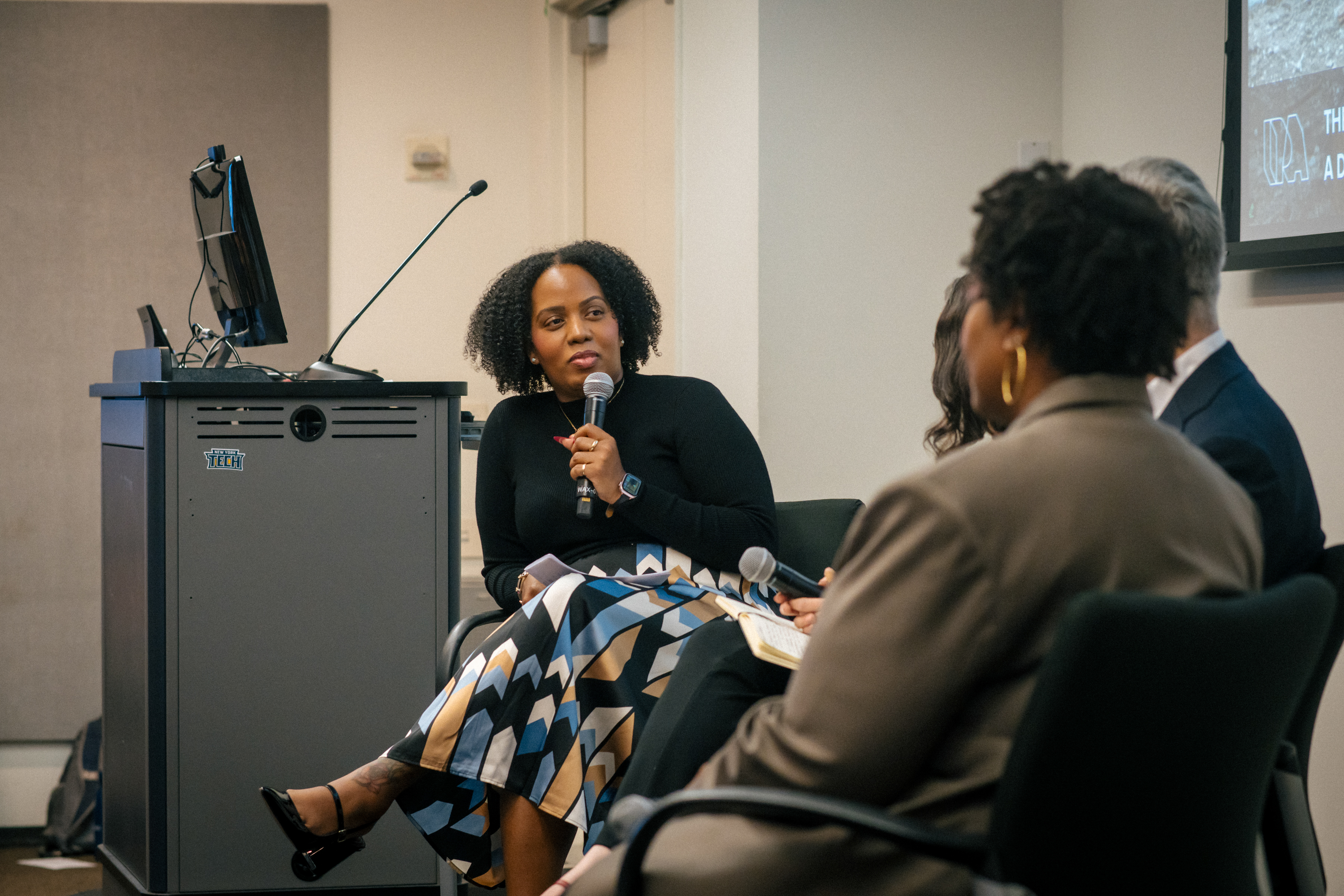
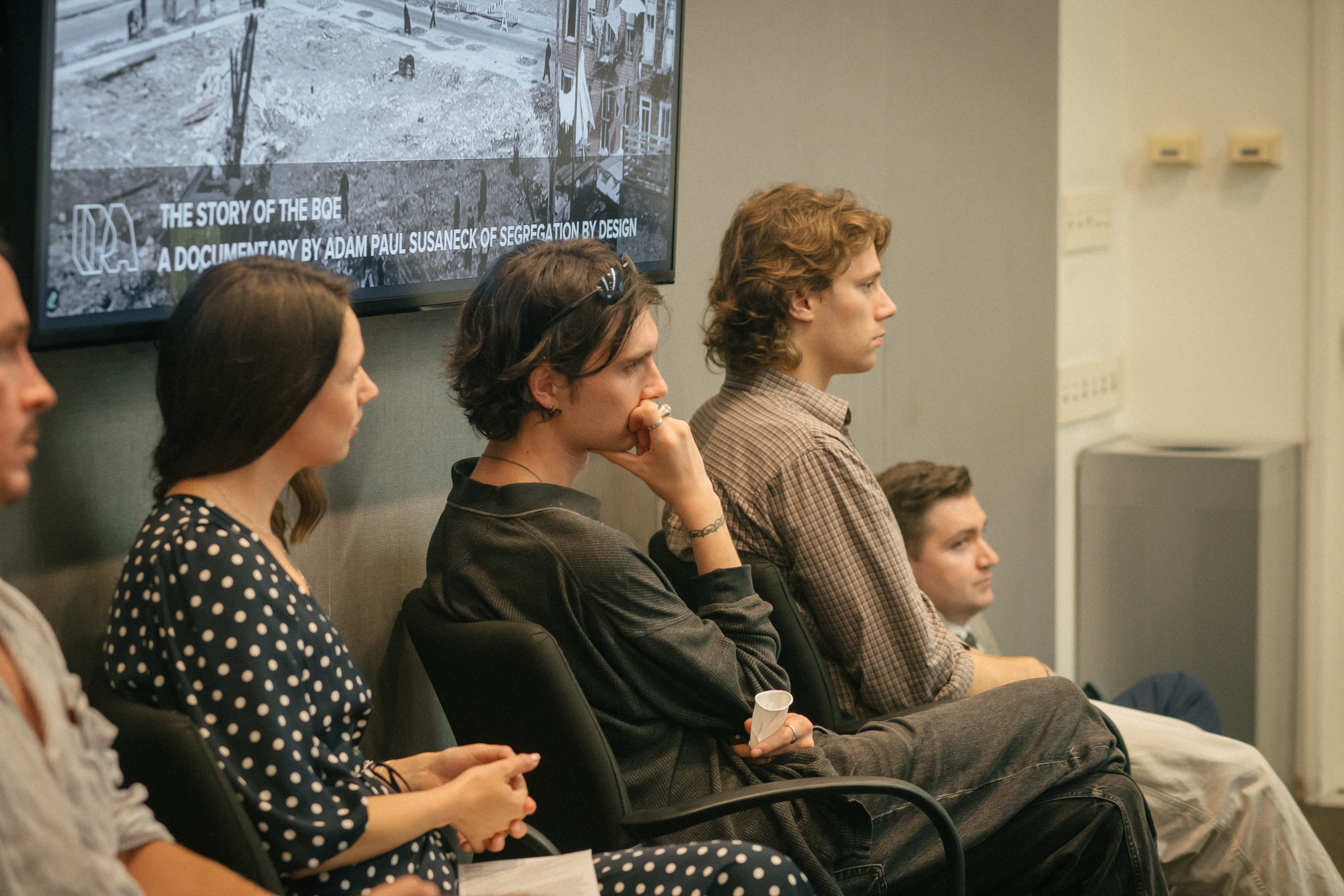

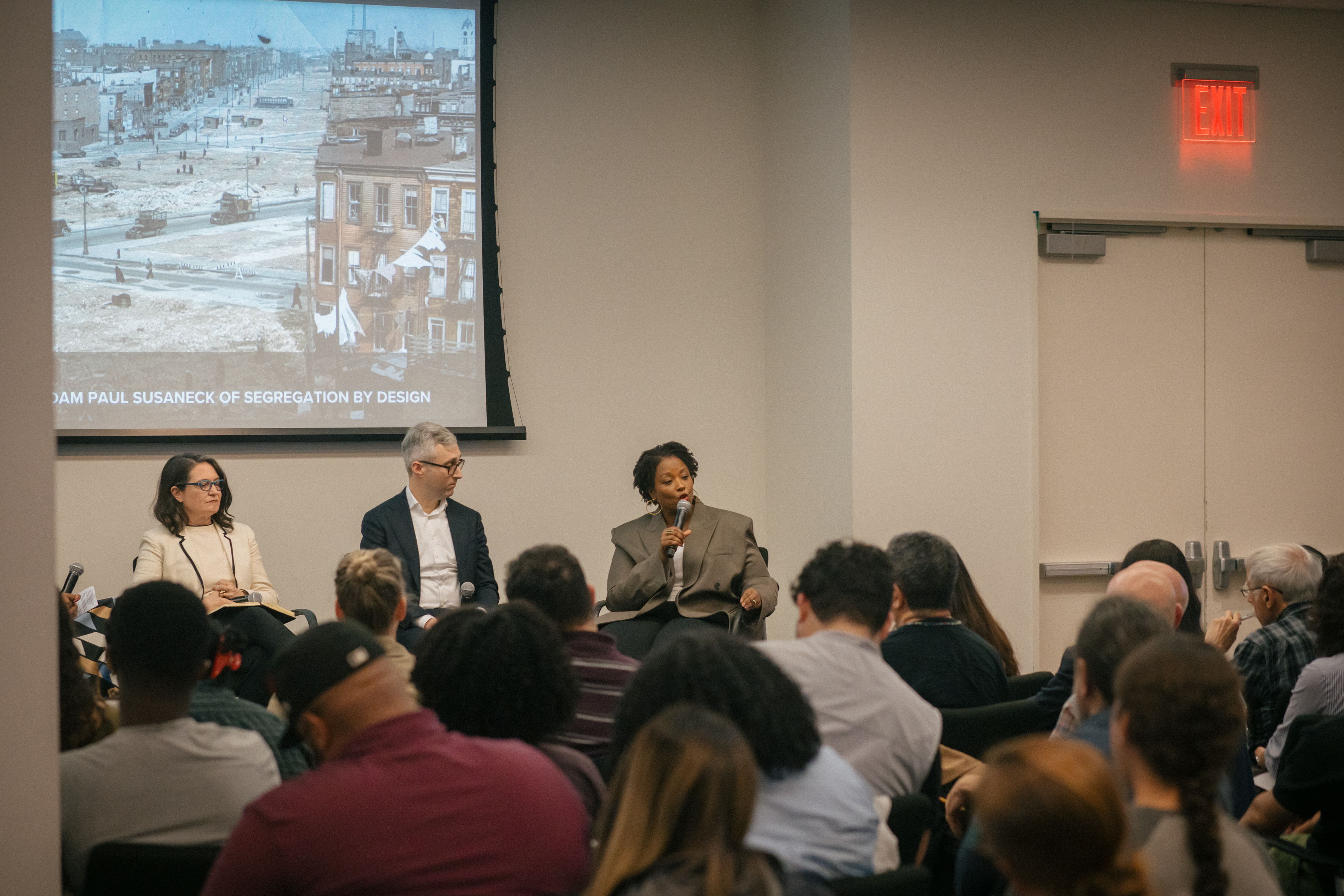

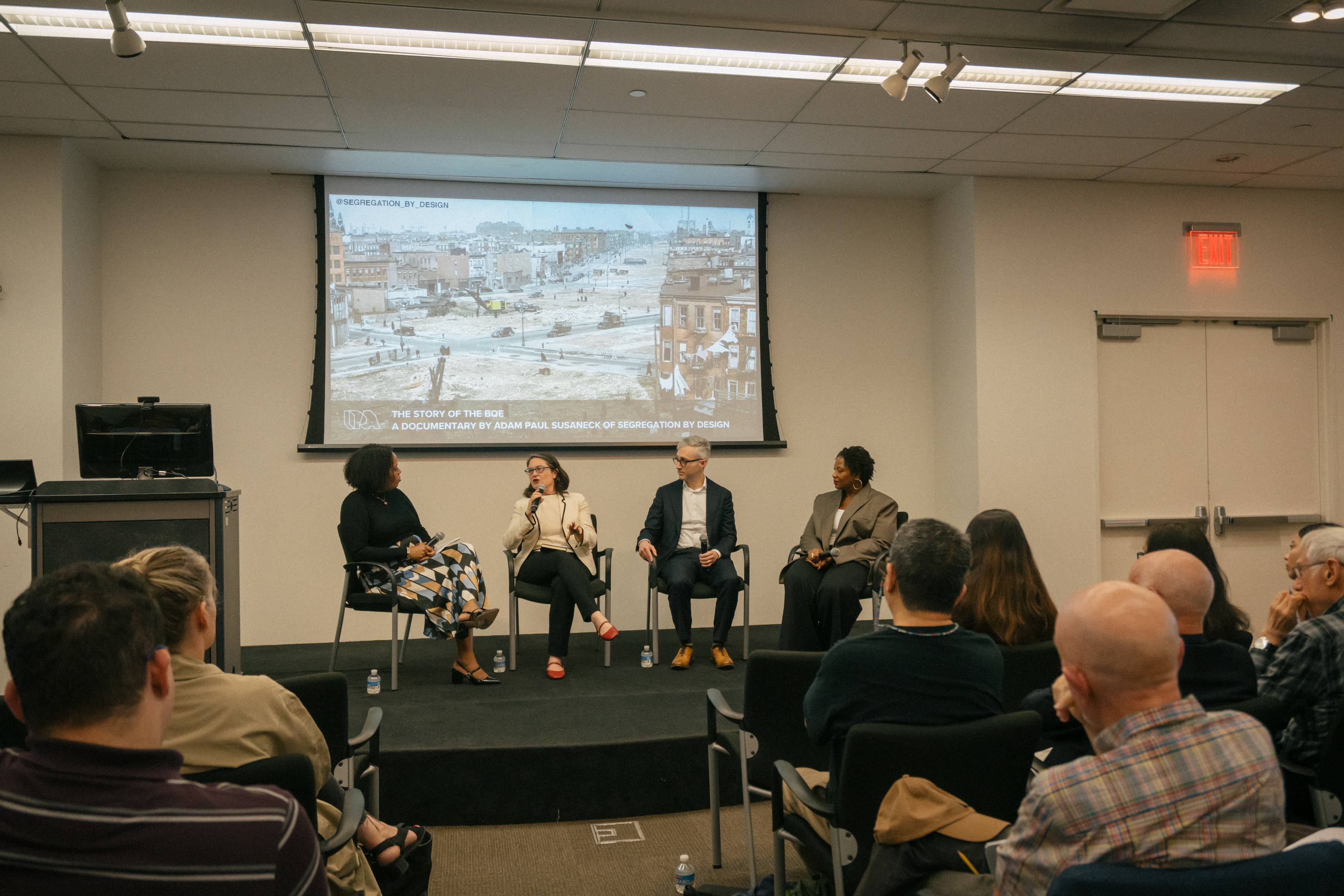
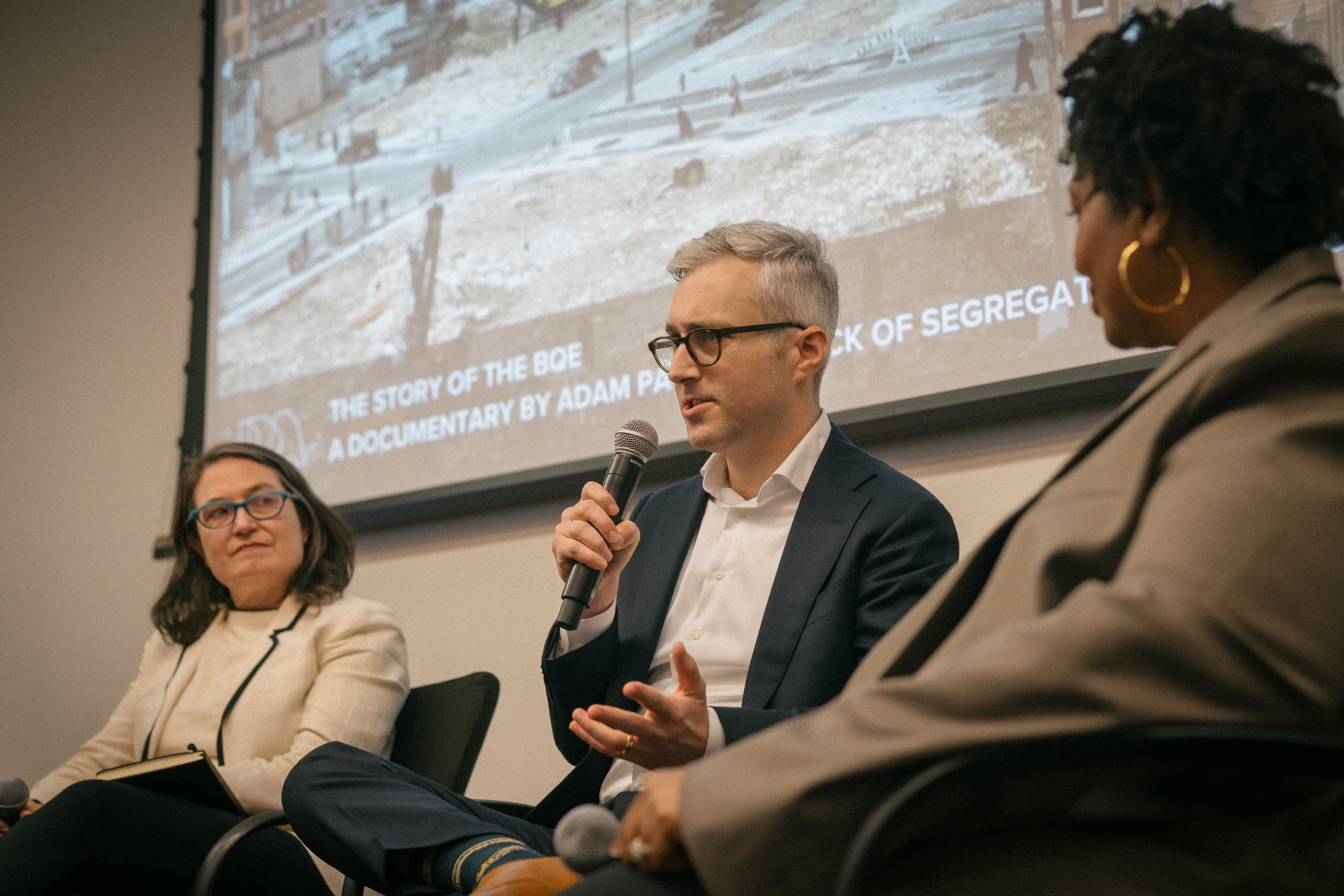
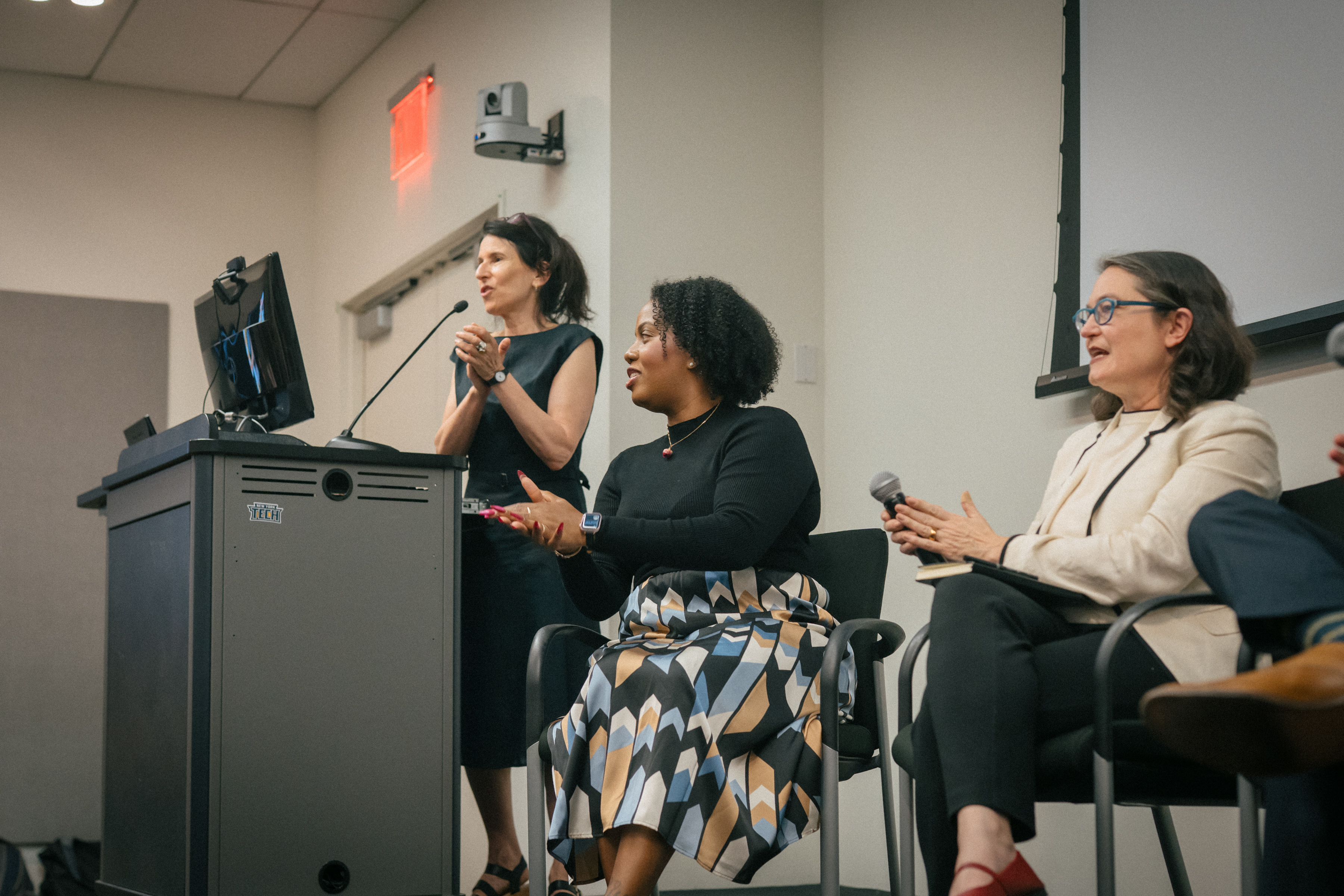
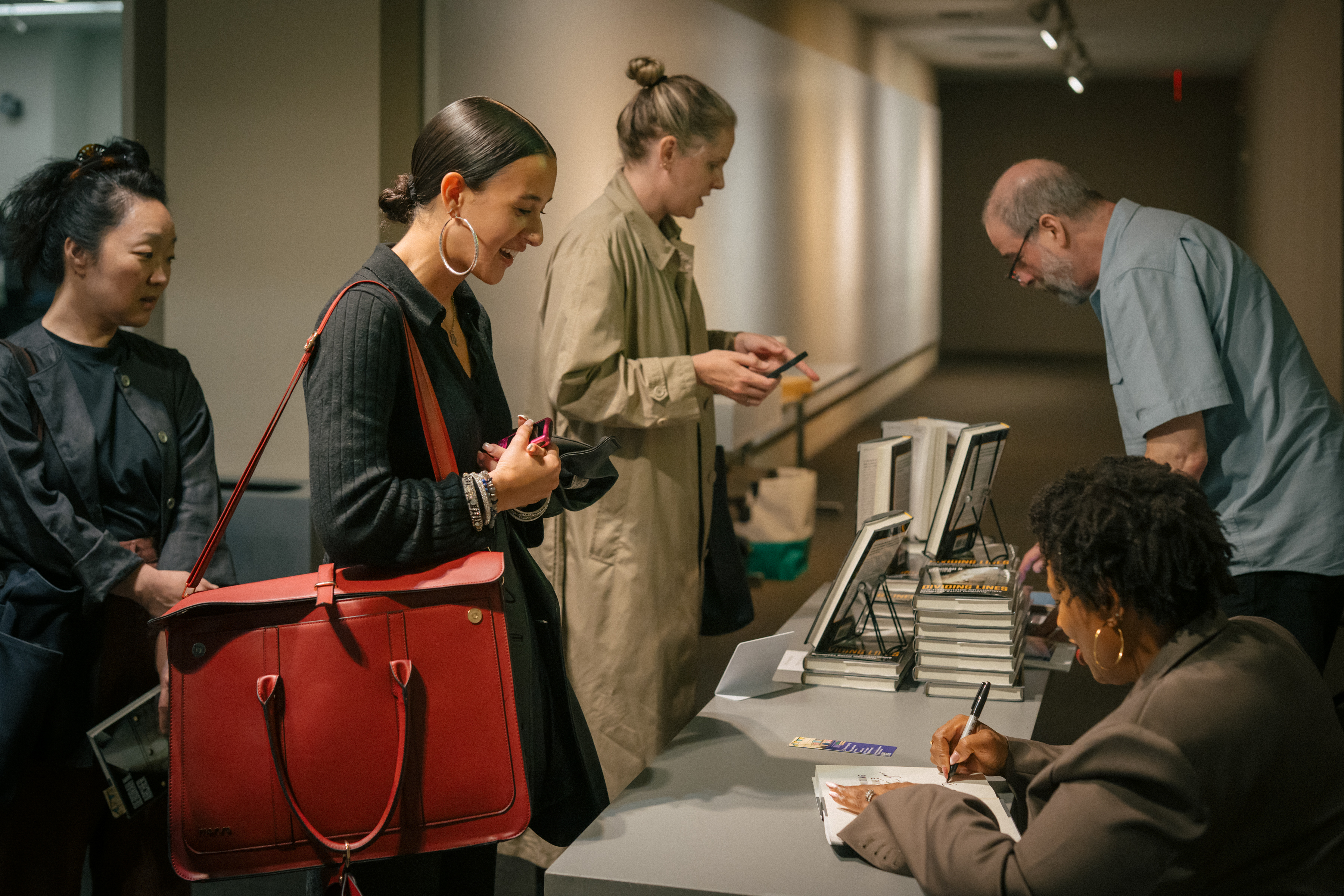
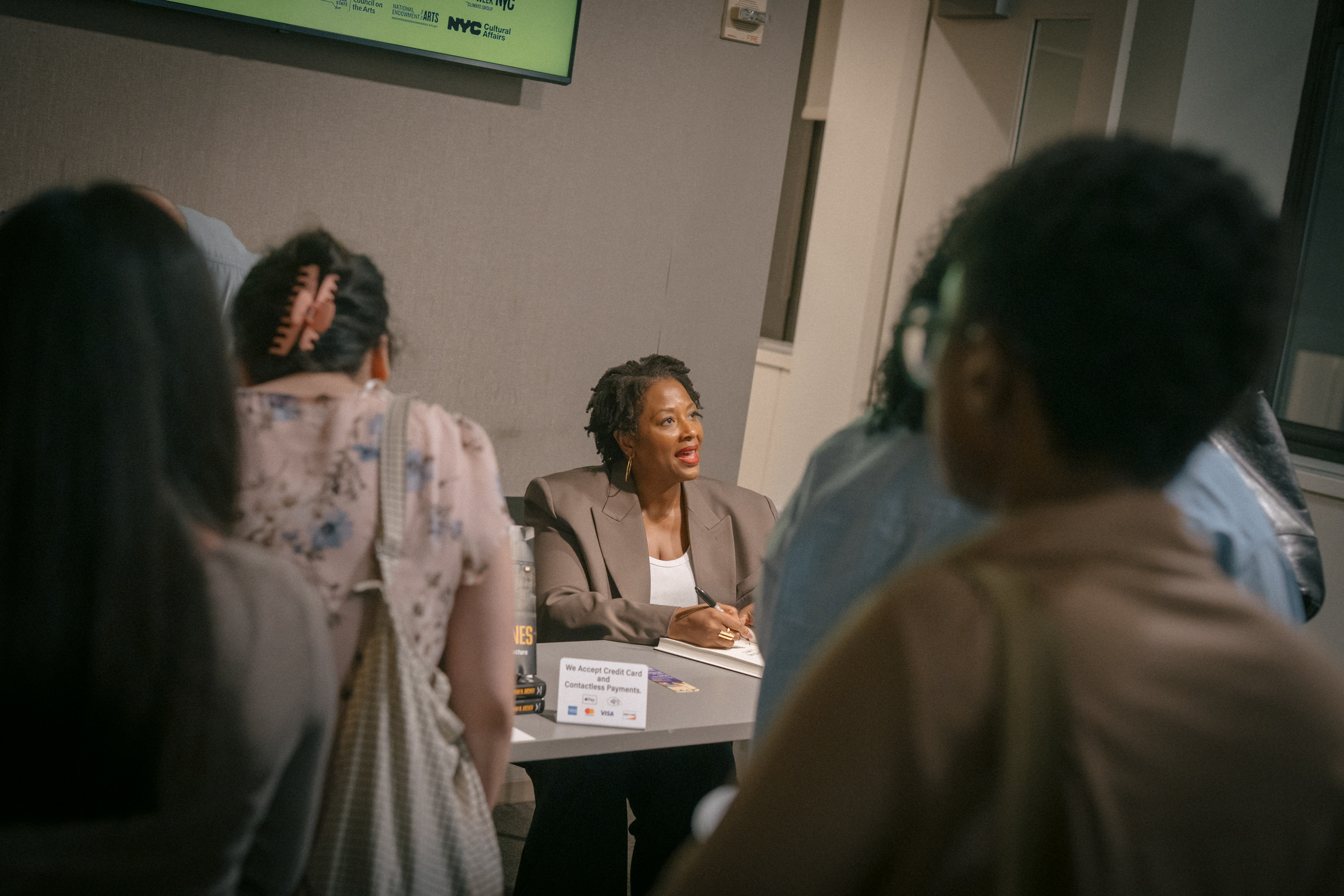
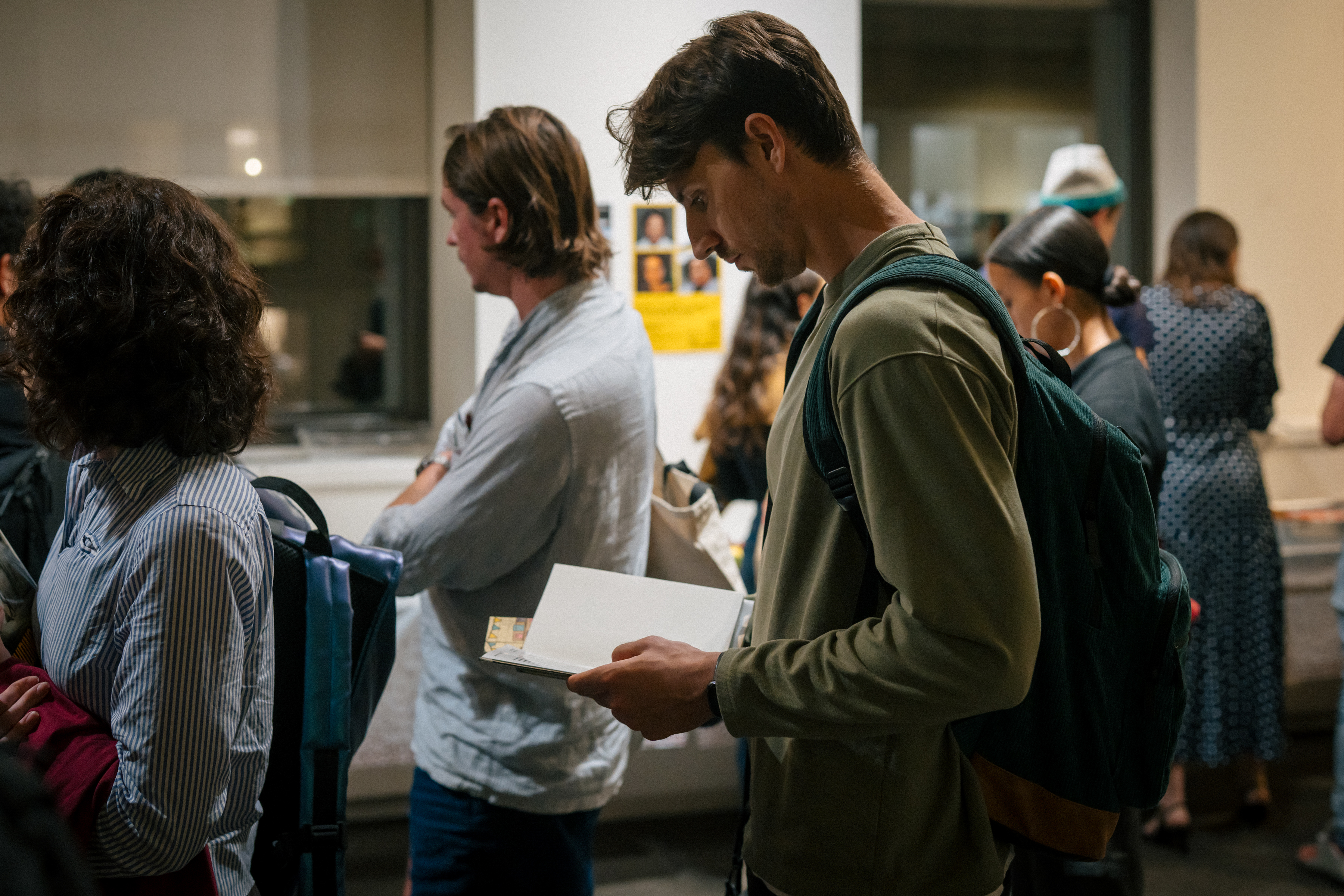
The Story of the BQE and Dividing Lines: How Transportation Infrastructure Reinforces Racial Inequality
Documentary Screening, Panel Discussion & Book Signing
A free public screening of The Story of the BQE documentary and book signing with Deborah N. Archer, author of Dividing Lines: How Transportation Infrastructure Reinforces Racial Inequality was held on Thursday, September 25th at the New York Institute of Technology School of Architecture and Design.
The documentary was followed by a panel discussion with Deborah N. Archer, Associate Dean, Professor of Law at NYU School of Law, President of the ACLU; Beth Osborne, Interim President and CEO of Smart Growth America; Adam Paul Susaneck, Filmmaker, Architect, and Founder of Segregation by Design; and moderated by Renae Reynolds, Executive Director of Tri-State Transportation Campaign.
The Story of the BQE documentary, produced by the Institute for Public Architecture (IPA) with NYU Schack Institute of Real Estate, uses archival footage and photography to show how the construction of the 35-mile-long Brooklyn-Queens Expressway demolished historic neighborhoods in Brooklyn and Queens, divided communities, and displaced tens of thousands of New Yorkers across the two boroughs.
In her recent bestselling book, Dividing Lines: How Transportation Infrastructure Reinforces Racial Inequality, Professor Archer describes how federal, state, and local transportation infrastructure has been deliberately used throughout the US to keep Americans divided, reinforcing a legacy of racial exclusion. She warns that before we can think about rebuilding and repairing urban highways, we must consider the shaping role that race has played in transportation infrastructure from the early twentieth century to the present.
This program is part of IPA’s ongoing efforts since 2020 to highlight the institutional segregation and environmental impacts created by the BQE and help raise awareness of the historical exclusion of underserved communities in decision-making about their physical space. In addition to The Story of the BQE Film and Oral History Project, IPA has hosted design fellowships, panel discussions, the BQE2053 Symposium, and most recently, Modeling Community Visions for a Future Without the BQE, a series of community design workshops where Brooklyn & Queens residents modify large scale physical models of the urban fabric along the BQE and share their visions for the future of their neighborhoods. The models are fabricated with the generous support of NYIT School of Architecture and Design Dean Maria Perbellini; Associate Dean for Academic Operations Giovanni Santamaria; Director of Digital Technologies & Fabrication Brian Polgar; and Fabrication Lab staff Ana Finkelstein, Clare Ronan, and Elijah Williams, and NYIT students.
This program is offered in partnership with the Institute for Public Architecture, Brooklyn Heights Association, and New York Institute of Technology School of Architecture and Design.
About The Story of the BQE
“It’s now been 70 years since the highway was completed and its age is showing. Now is the perfect time to reimagine the BQE and repair the damage it continues to inflict on the community.”
-Segregation by Design (SBD)
The Story of the BQE documentary, produced by the Institute for Public Architecture (IPA) with NYU Schack Institute of Real Estate, uses archival footage and photography to show how the construction of the 35-mile-long Brooklyn-Queens Expressway demolished historic neighborhoods in Brooklyn and Queens, divided communities, and displaced tens of thousands of New Yorkers across the two boroughs. The Story of the BQE Film and Oral History project includes a web-based oral history archive comprising interviews with Brooklyn and Queens residents around the impact the highway has on their lives. This project expands IPA’s work since 2020 to highlight the institutional segregation and environmental impacts created by the highway and help raise awareness of the historical exclusion of underserved communities in decision-making about their physical space.
The project is supported by the National Endowment for the Arts; the New York State Council on the Arts with the support of the Office of the Governor and the New York State Legislature; by public funds from the New York City Department of Cultural Affairs in partnership with the City Council; NYU Schack Institute of Real Estate; Sasaki Associates; KVL Audio Visual Services; Municipal Art Society Enduring Culture Initiative; Big Oh Bijoux; Sasaki; Municipal Art Society Enduring Culture Initiative; Simon’s Hardware; and private donations.

